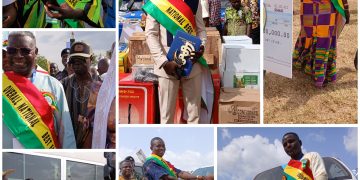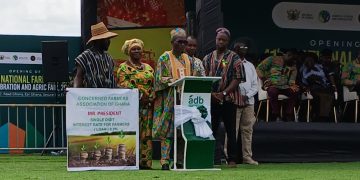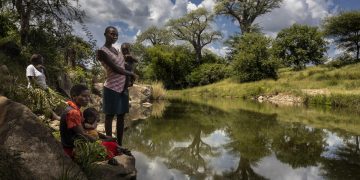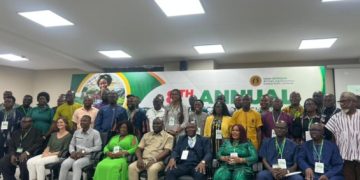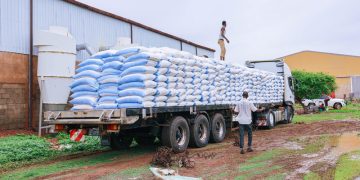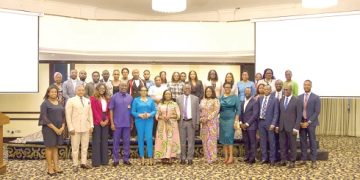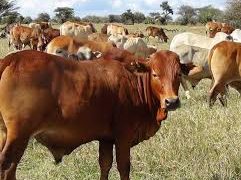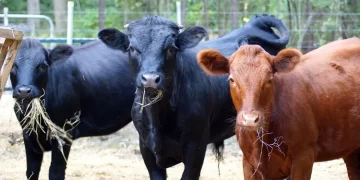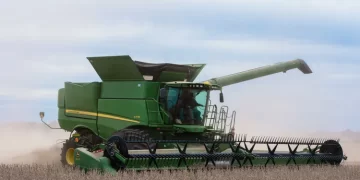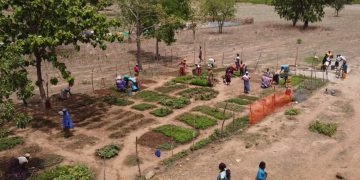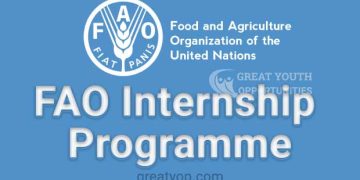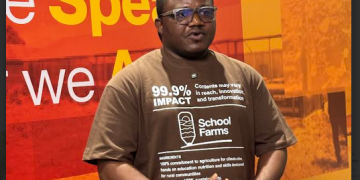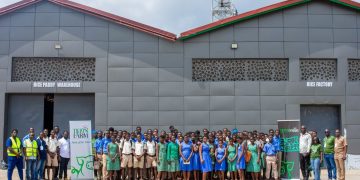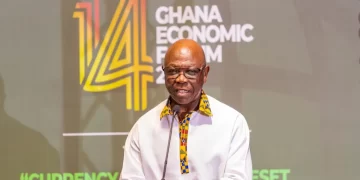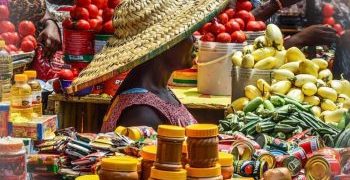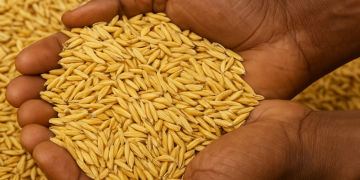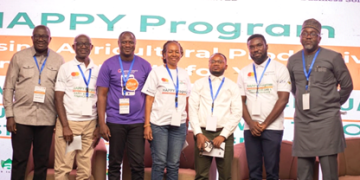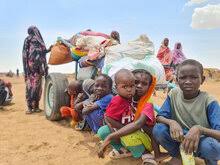The United Nations World Food Programme (WFP) has provided life-saving food assistance to more than two million people in South Sudan this year, as the country faces a worsening hunger crisis driven by conflict, climate shocks, and an influx of returnees from Sudan. Despite these efforts, WFP warns that a severe funding shortfall threatens to leave millions without critical support in the coming months.
Currently, 7.7 million people, half of South Sudan’s population are grappling with severe hunger, with 83,000 facing catastrophic levels of food insecurity (IPC5), the highest level in the global classification system. This includes 32,000 people in Upper Nile State, where ongoing conflict has displaced thousands and severely restricted humanitarian access.
Nasir and Ulang counties in Upper Nile are particularly at risk of deteriorating into famine. Additionally, the arrival of nearly 1.2 million people fleeing conflict in Sudan since April 2023 has further strained South Sudan’s already limited resources, with many returnees arriving malnourished and traumatized.
A record 2.3 million children are at risk of malnutrition, especially in conflict-affected and flood-prone areas such as Bentiu.
“The scale of the humanitarian needs in South Sudan is staggering. But the scale of suffering here does not make headlines,” said Carl Skau, WFP Deputy Executive Director and Chief Operating Officer, after a visit to the country last week.
“WFP is here, providing whatever assistance we can, however we can. But rising needs and shrinking resources are forcing us to scale back, even in places where people are on the brink of famine,” he warned.
WFP’s Humanitarian Response
In response to the dire situation, WFP has delivered emergency food and nutrition assistance to over 300,000 people affected by conflict in Upper Nile and carried out airdrops to remote parts of the Greater Upper Nile region. So far, 430 metric tons of food have been delivered by air to assist 40,000 people, with operations ongoing.
For the first time in months, river convoys along the White Nile have resumed, offering a more cost-effective means of delivering aid. On July 16, a major convoy carrying 1,380 metric tons of food and non-food items departed from Bor to Upper Nile State.
WFP’s UN Humanitarian Air Service (UNHAS) also continues to operate in Upper Nile, serving seven destinations and ensuring the delivery of life-saving cargo to hard-to-reach areas. Meanwhile, the WFP-led Logistics Cluster has airlifted 109 metric tons of cholera-related supplies in response to a growing outbreak in Upper Nile and Unity states.
Progress has been achieved in areas where humanitarian access has improved. In Uror County, Jonglei State, consistent assistance by WFP has alleviated all pockets of IPC5 hunger. Additionally, in ten counties where conflict has subsided, improved crop production has led to better food security outcomes.
“WFP has the expertise, the teams, and the capacity to deliver—even in the most remote and challenging environments,” Skau emphasized. “But without sufficient funding and a period of peace, our hands are tied.”
Funding Crisis Threatens Continuity of Support
WFP reports that only 30 percent of people facing severe hunger—about 2.5 million—can be reached with regular food assistance due to financial constraints. Even then, most of these people receive only 50 percent of their required food rations.
To maintain this minimal level of support through the end of 2025, WFP urgently requires US$274 million. Without additional funding, further ration cuts and reductions in coverage will begin in September, threatening to reverse the fragile gains achieved in some regions.
“This is a country endowed with natural resources and a vibrant youthful population,” Skau noted. “It is time to unlock its full potential.”











